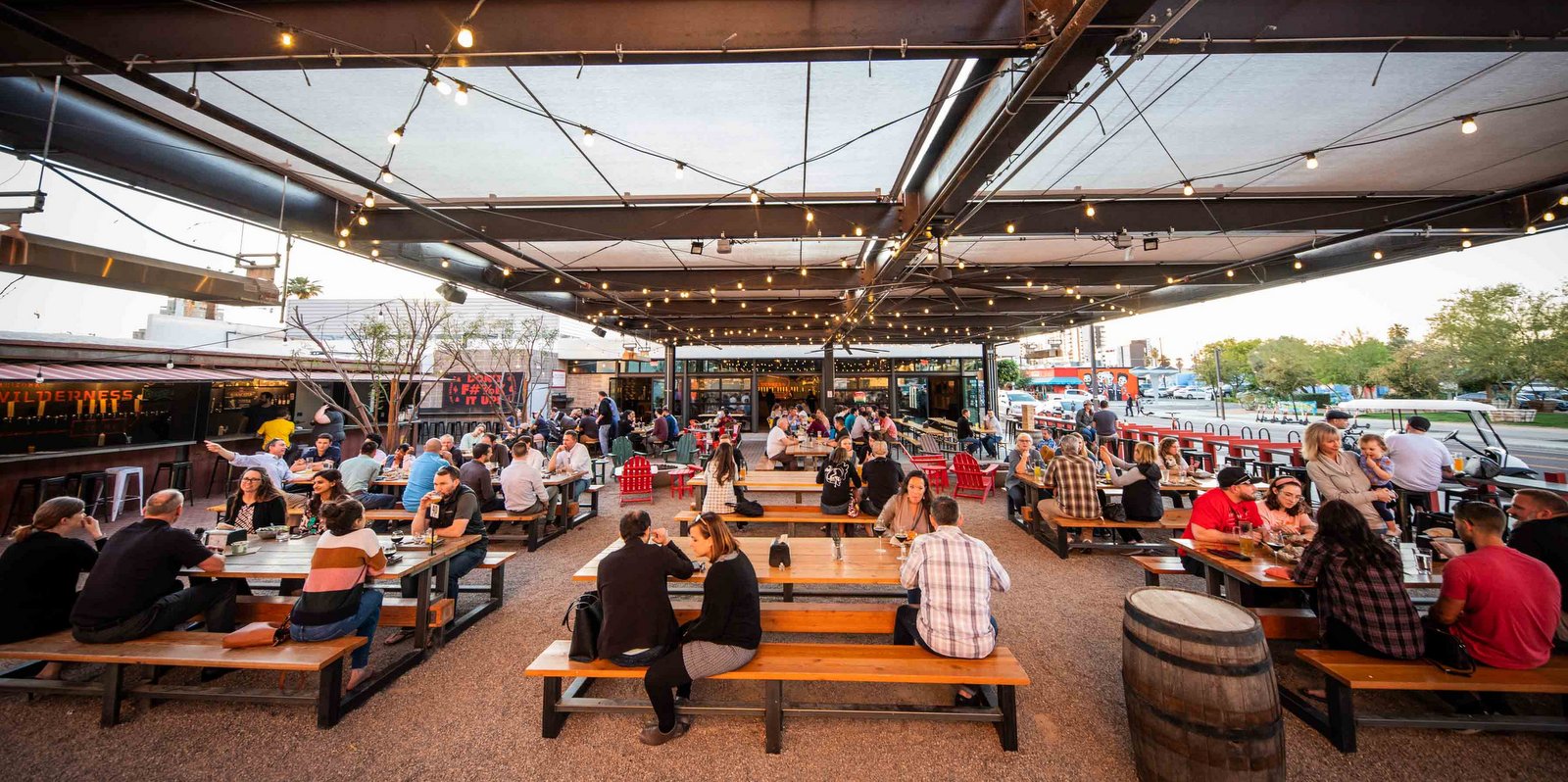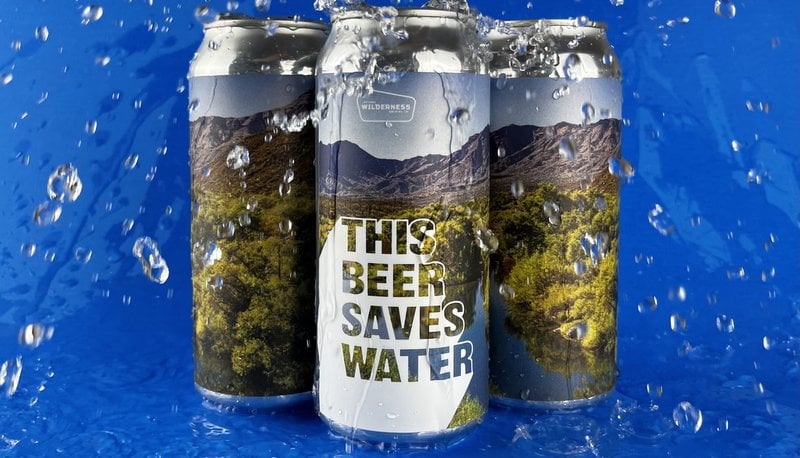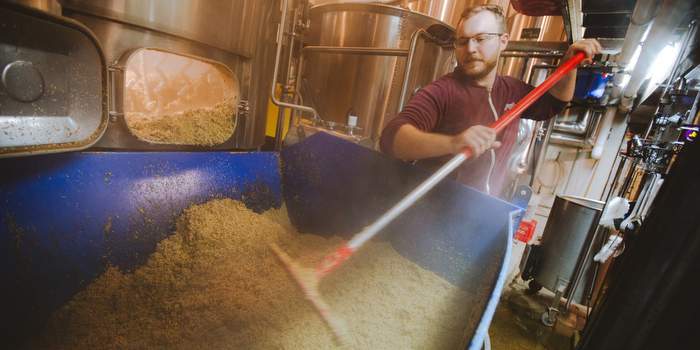
For the sustainability crowd, it is easy to fall in love with the craft brewing industry. Adaptive reuse, waste reduction and resource recovery, clean energy generation and investments for bettering the local environment and the lives of workers are just some of the basic business practices of many breweries. But what about profitability? Often, the margins are better here than with most in the food industry.
We have entered a golden age of craft brewing. Share of the malted beverage market, volume and revenues, have all been soaring: “In 2014, craft brewers produced 22.2 million barrels, accounting for 11 percent market share and saw an 18 percent rise in volume and a 22 percent increase in retail dollar value.”
Also, read “Eight ways breweries are helping the environment”
Our question is why? The craft beer revolution began in the 1970s when Jimmy Carter de-regulated the brewing industry (and made even homebrewing legal) and hit its stride in the 1990s but has only recently started eating into the market share of beer beverage sales. What were once nice alternative niche businesses are becoming major market players. What is different now? Could it be that the values of this industry are now more widely shared with the public — particularly with the millennial generation, which is moving into the major consumer category?
Many of the pioneers of the microbrewery/brewpub business space, such as the current Governor of Colorado’s Wynkoop Brewery and Sierra Nevada, had many of the same community and environmental concerns, moderate pro-business politics and, of course, the entrepreneurial spirit that defines true sustainability and is common among the millennial generation.
Many sustainable practices are built into the foundations of these businesses. The founders have a strong desire to make a quality product, in addition to a profit, but profit in this industry is more fully defined with the triple bottom line model of profits, planet, people that has just now become a buzz word. They also often have a strong community focus, often running toward a “community revitalization” theme, where craft brewers have a strong desire to help “bring everybody up” in a rising community tide of increased prosperity.
For whatever reason, we’ve also noticed a very common site selection theme of adaptive reuse of older buildings, often in even blighted neighborhoods, that is an uncommon smart practice for, say, restaurants. This may be because craft breweries have a great need for three-dimensional space and not just sit-down and kitchen areas.
It is hard to make a sweeping generalization about this last one, but it is also very common for successful microbreweries to, as they grow, maintain a kind of “you stick with us, we’ll stick with you; you invest in us, we’ll invest in you” culture that even transcends the company loyalty of the golden age of labor. This mindset sometimes includes profit-sharing with employees. More striking, this all-in-the-same-boat ethos very often extends outside the company and into the local community and environment because the health of the company’s neighborhood and supply chain are seen as crucial to the sustainability of the business and its future growth.
The craft brewing industry has embraced transparency, cooperation, community and quality. If you are looking for a recipe for bridging the trust gap with consumers, I think this might be it.
Coming up: A case study in how craft brewing pioneer Sierra Nevada has completely re-written what corporate sustainability looks like — and it is a winning formula in the marketplace.
Thanks to Sara H Harper, Director of Sustainability Solutions at K•Coe Isom for contributing this feature.





Sustainability lessons from the craft beer sector http://t.co/bJBfFLDQZJ via @craftbrewingbiz #craftbeer #sustainability
Sustainability lessons from the craft beer sector http://t.co/L0HQGCPoOD
Paul Speed liked this on Facebook.
Jared Read liked this on Facebook.